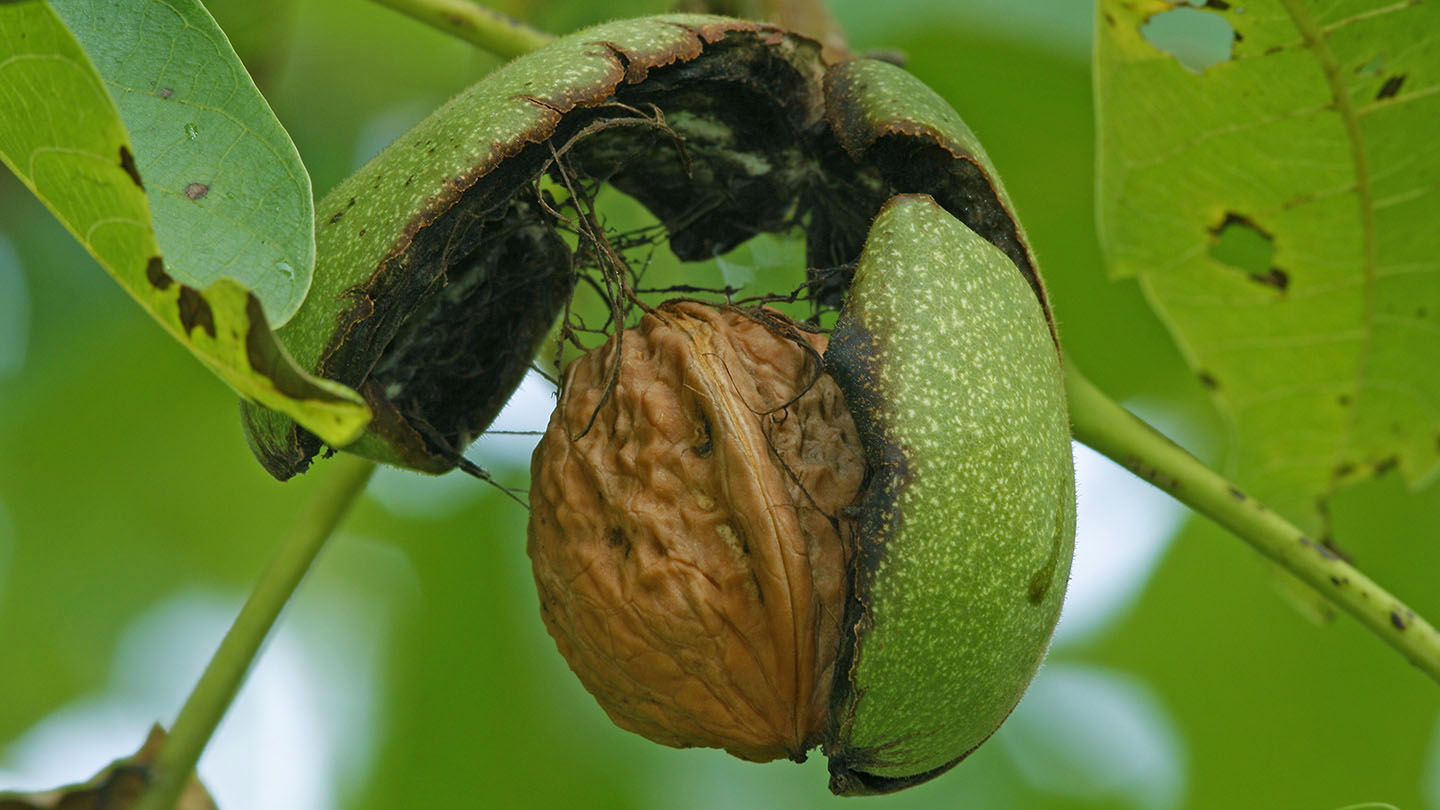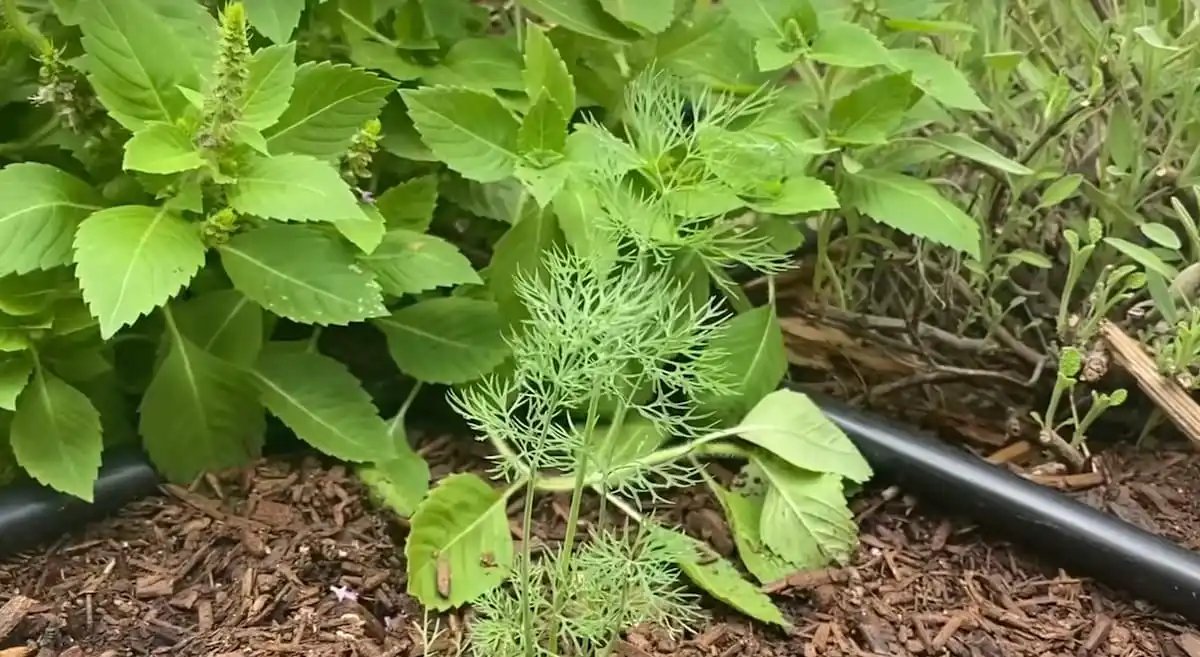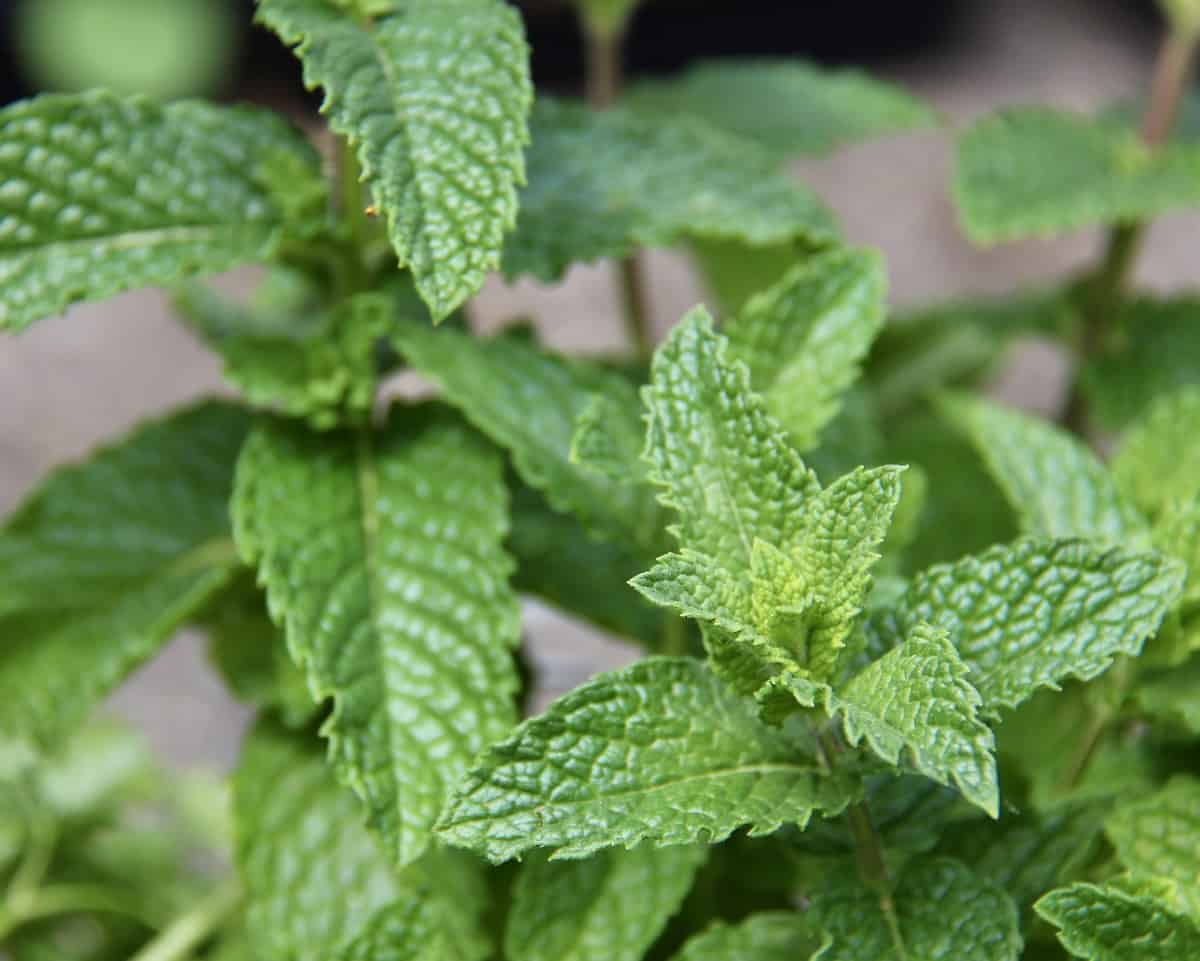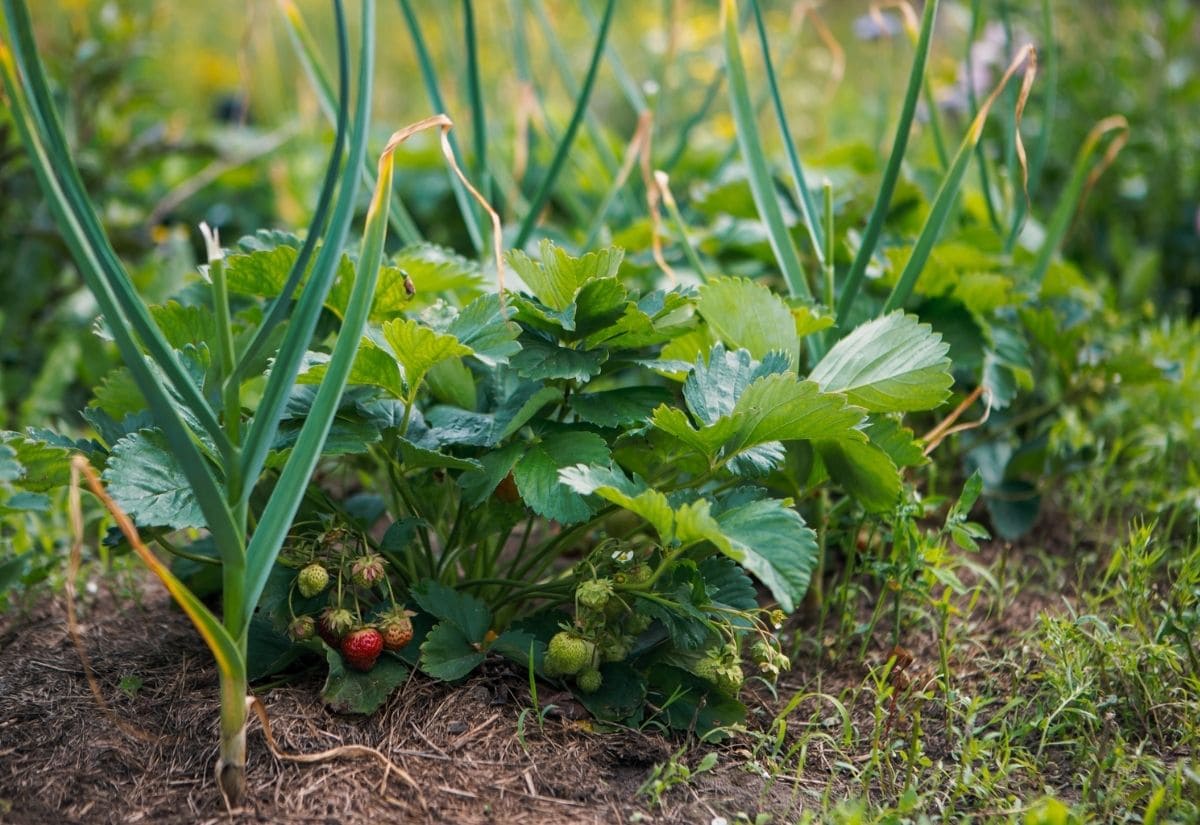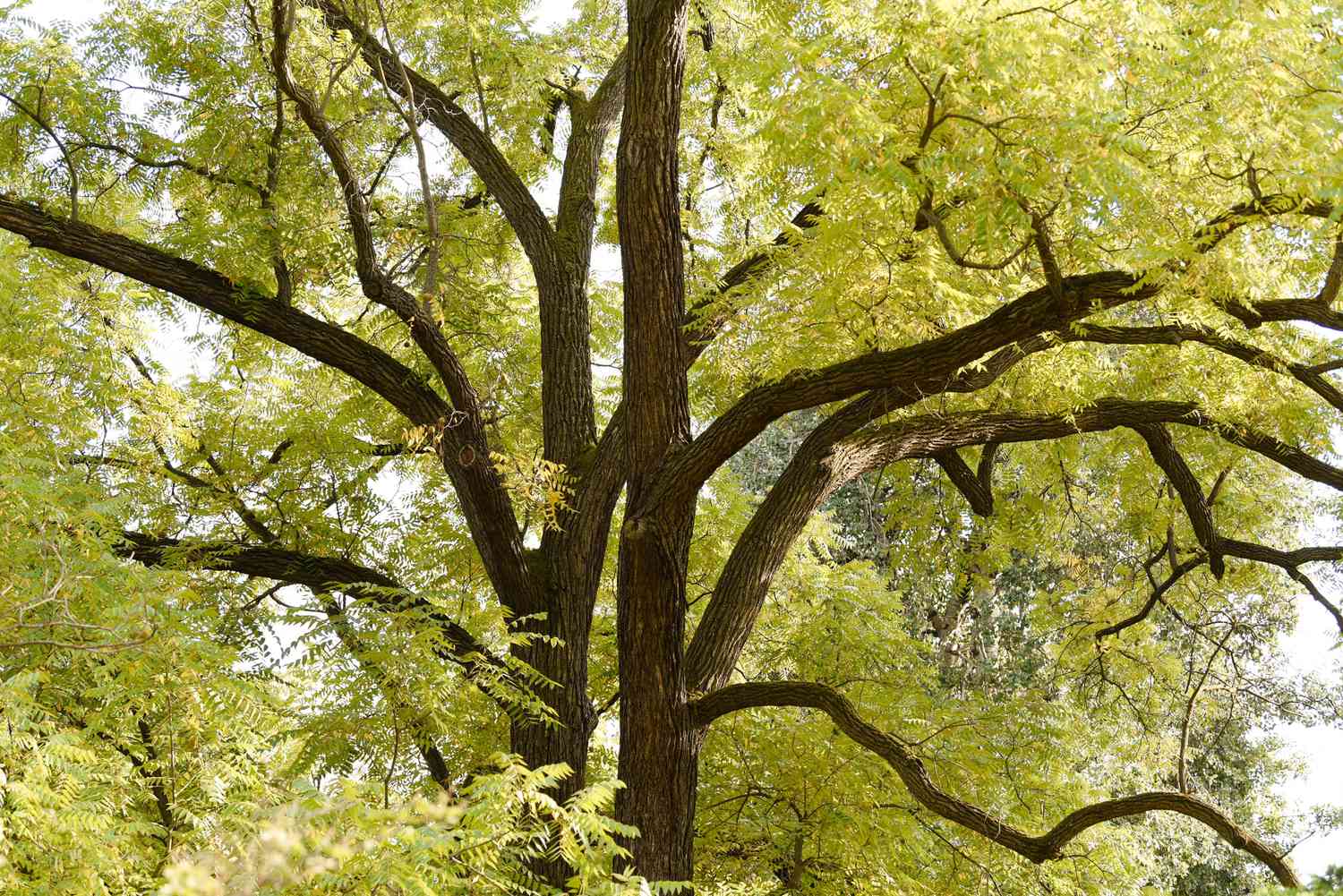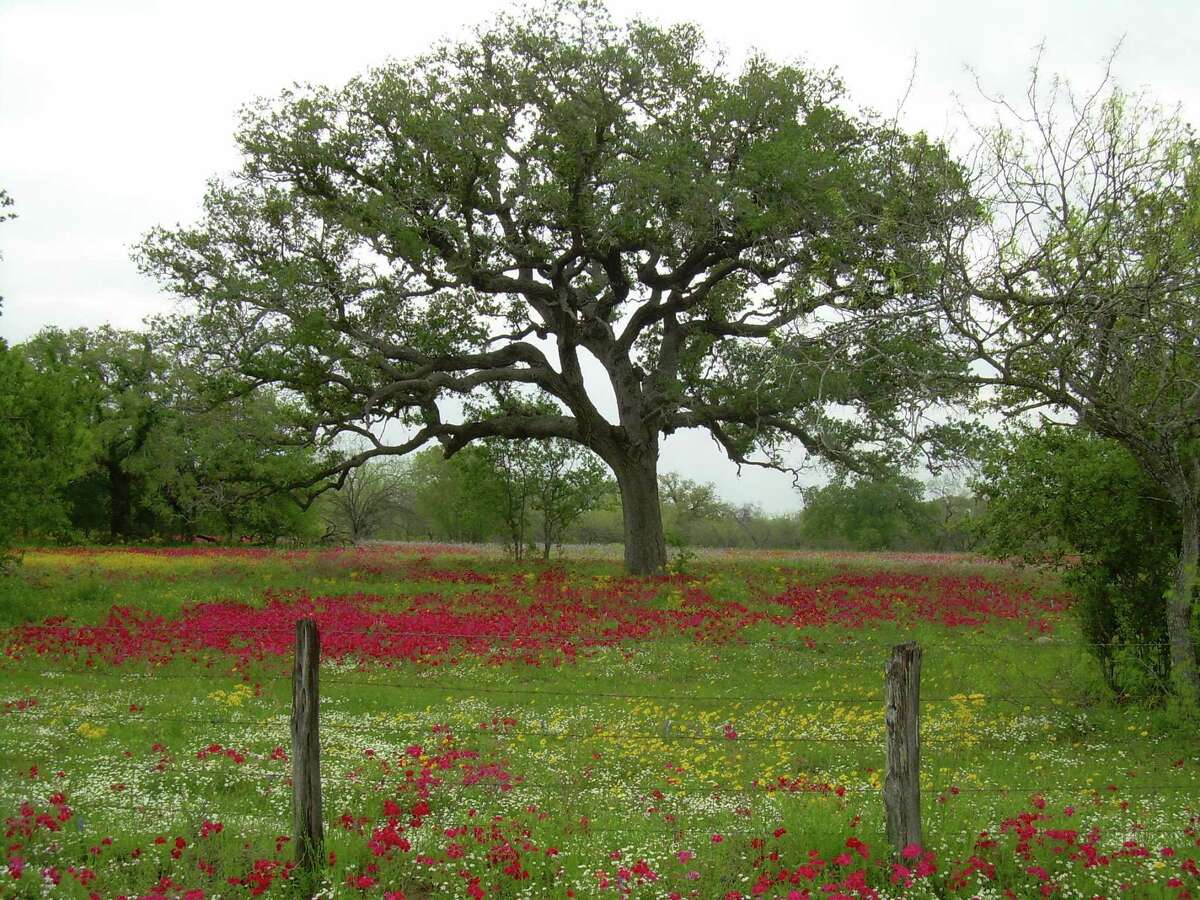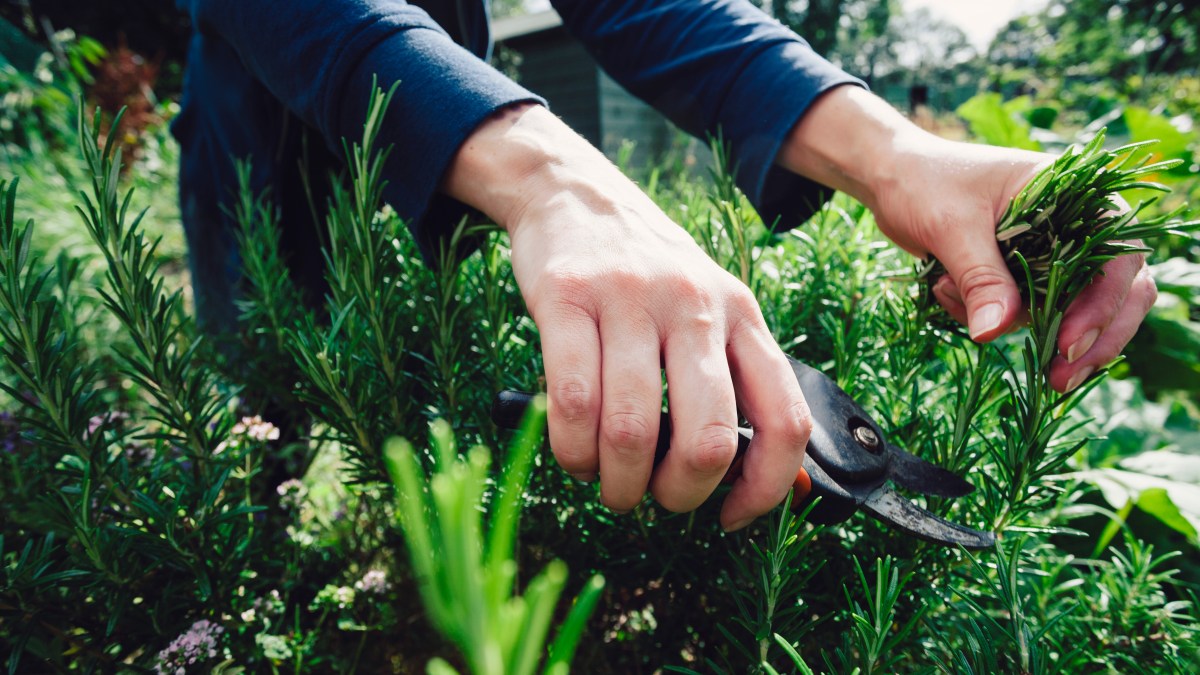Home>Types of Gardening>Ornamental Gardening>What Shrubs Grow Well Under Black Walnut Trees
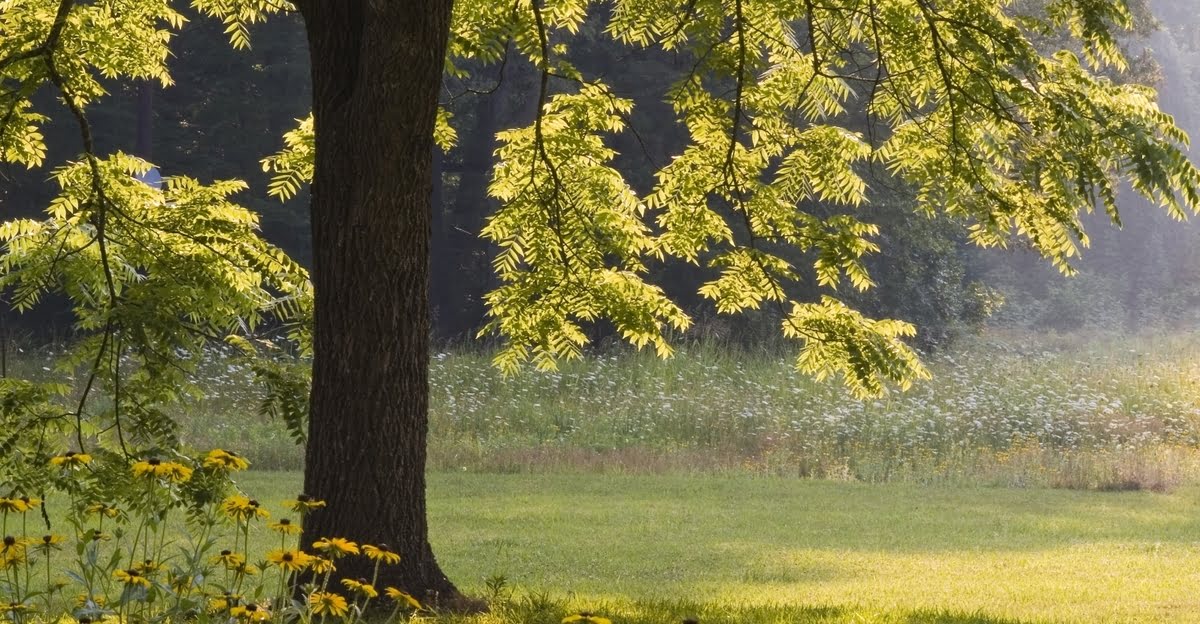

Ornamental Gardening
What Shrubs Grow Well Under Black Walnut Trees
Modified: January 22, 2024
Discover the best shrubs for ornamental gardening under black walnut trees. Create a stunning landscape with these unique plants that thrive in the presence of black walnut trees.
(Many of the links in this article redirect to a specific reviewed product. Your purchase of these products through affiliate links helps to generate commission for Chicagolandgardening.com, at no extra cost. Learn more)
Table of Contents
Introduction
Welcome to the exciting world of ornamental gardening! Whether you’re a seasoned gardener or just starting out, there’s something truly special about cultivating and nurturing beautiful plants. One of the key aspects of ornamental gardening is selecting the right plants for your garden, taking into consideration factors such as soil type, climate, and sunlight. However, if you happen to have black walnut trees on your property, you may face unique challenges when it comes to growing shrubs.
Black walnut trees, known for their distinctively dark and richly flavored nuts, are native to North America and are a popular choice for landscaping due to their majestic appearance. However, they also release a substance called juglone, which can inhibit the growth of many plants, making it difficult to establish a thriving garden beneath the canopy of these magnificent trees.
In this article, we will explore some of the challenges associated with growing shrubs under black walnut trees and provide helpful tips and recommendations for selecting shrubs that can thrive despite the presence of juglone. So, if you’re ready to embark on a gardening adventure filled with ornamental beauty and the lushness of shrubs, let’s dive in!
Understanding Black Walnut Trees
Before we delve into the challenges of growing shrubs under black walnut trees, let’s take a moment to understand these magnificent trees and their unique characteristics. Black walnut trees (Juglans nigra) are prized for their large and delicious nuts, but they also have some distinctive traits that can affect the growth of other plants.
One of the key factors to consider is the release of a chemical called juglone. Juglone is excreted by black walnut trees through their roots, leaves, and nuts. It serves as a defense mechanism, inhibiting the growth of nearby plants and acting as a natural herbicide. The presence of juglone can make it challenging for many plant species to thrive in close proximity to black walnut trees.
In addition to juglone, black walnut trees have a dense and extensive root system. These roots not only compete for water and nutrients but can also release substances that are toxic to other plants. Furthermore, the canopy of black walnut trees casts dense shade, reducing the amount of sunlight that reaches the ground below. This combination of factors can create a challenging environment for growing shrubs.
It’s important to note that the intensity and impact of juglone can vary depending on the proximity of other plants to the black walnut tree. Generally, plants located within the drip line – the area directly beneath the outer perimeter of the tree’s foliage – are more likely to be affected by juglone than those further away.
Understanding the unique characteristics of black walnut trees is essential when selecting shrubs that can thrive in their presence. By considering these factors and implementing appropriate strategies, you can create a beautiful and flourishing garden even under the shade of these majestic trees. So, let’s explore the challenges and discover the secrets to successful shrub cultivation under black walnut trees!
Challenges of Growing Shrubs under Black Walnut Trees
Growing shrubs under black walnut trees can pose several challenges due to the presence of juglone and the dense shade created by the tree’s canopy. Here are some of the main hurdles you may encounter:
- Juglone toxicity: The release of juglone by black walnut trees can stunt the growth and even cause the death of many plant species. Shrubs that are sensitive to juglone may exhibit leaf yellowing, wilting, or a general decline in health.
- Root competition: Black walnut trees have a vigorous and extensive root system that can outcompete shrubs for essential resources such as water and nutrients. This can result in poor growth and reduced vigor in shrubs planted near the tree.
- Shade: The dense foliage of black walnut trees can create deep shade, limiting the amount of sunlight that reaches the ground. Most shrubs require a certain amount of sunlight to photosynthesize and thrive, so finding shade-tolerant varieties becomes crucial.
- Allelopathy: In addition to juglone, black walnut trees release other chemicals that can inhibit the growth of nearby plants. These chemicals can persist in the soil for several years, making it challenging for shrubs to establish and flourish.
- Soil acidity: Black walnut trees prefer slightly acidic soil conditions, which may not be ideal for all shrubs. Some shrub species prefer neutral or alkaline soil, and the acidic environment created by the tree’s roots can hinder their growth.
It’s important to be aware of these challenges when planning and planting shrubs under black walnut trees. However, with proper consideration and careful selection of shrub species, you can overcome these obstacles and create a thriving garden that complements the striking beauty of the black walnut tree. In the next section, we will explore the factors to consider when selecting shrubs for this unique gardening situation.
Factors to Consider when Selecting Shrubs
Selecting the right shrubs for growing under black walnut trees requires thoughtful consideration of several factors. By taking these factors into account, you can increase the chances of success and create a stunning garden. Here are the key considerations when choosing shrubs:
- Juglone tolerance: Look for shrubs that are known to be tolerant of juglone. These shrubs have evolved to withstand the chemical and are less affected by its presence. Some juglone-tolerant shrubs include witch hazel (Hamamelis), red twig dogwood (Cornus sericea), and summersweet (Clethra).
- Shade tolerance: As black walnut trees create shade, it’s essential to select shrubs that can thrive in low-light conditions. Shade-tolerant shrubs such as hostas (Hosta), ferns (Dryopteris), and hydrangeas (Hydrangea) can add texture and color to your garden, even in the shadow of the walnut tree.
- Avoiding allelopathic plants: Some plants, including certain grasses, vegetables, and annual flowers, can be particularly susceptible to the allelopathic effects of black walnut trees. Avoid planting these species near the trees or opt for raised beds with imported soil to mitigate potential issues.
- Root competition strategies: Select shrubs with deep and extensive root systems that can better withstand the competition for resources from the black walnut tree’s roots. Additionally, consider strategic placement and spacing of shrubs to minimize direct root competition.
- Soil pH preference: While black walnut trees prefer slightly acidic soil, some shrubs prefer different pH levels. Test your soil to determine its acidity and select shrubs that thrive in the specific pH range of your garden.
It’s also beneficial to consult with local gardening experts or nurseries familiar with growing plants under black walnut trees. They can provide valuable advice on suitable shrub varieties for your specific region and conditions. By carefully considering these factors and making informed choices, you can create a vibrant and resilient shrub garden under the majestic canopy of black walnut trees.
Recommended Shrubs for Growing Under Black Walnut Trees
While growing shrubs under black walnut trees can present challenges, there are many resilient and beautiful shrub species that can thrive in this unique environment. Here are some recommended shrubs for growing under black walnut trees:
- Witch hazel (Hamamelis): Witch hazel is a stunning shrub known for its fragrant yellow or orange flowers that bloom in late winter or early spring. It’s tolerant of juglone and provides a burst of color during the colder months.
- Red twig dogwood (Cornus sericea): Red twig dogwood is valued for its vibrant red branches that bring visual interest to the garden during the winter months. It can tolerate juglone and provides habitat for birds.
- Summersweet (Clethra): Summersweet is a shade-tolerant shrub that produces beautiful, fragrant flowers in mid-summer. It attracts pollinators and can handle the presence of juglone.
- Japanese forest grass (Hakonechloa): This ornamental grass is shade-tolerant and adds a graceful, cascading effect to the garden. It’s an excellent choice for adding texture and movement under black walnut trees.
- Ferns (Dryopteris): Ferns are well-known for their ability to thrive in shade, and they add a lush and tropical feel to your garden. Choose species such as the Christmas fern or lady fern, which are juglone-tolerant.
- Hydrangeas (Hydrangea): Hydrangeas are beloved for their stunning blooms and can tolerate partial shade. Varieties such as the oakleaf hydrangea and smooth hydrangea are recommended for growing under black walnut trees.
Remember, the success of your shrub garden under black walnut trees depends on proper planting, care, and maintenance. Prepare the soil by improving drainage and adding organic matter, and provide regular watering and mulching to keep the shrubs healthy.
It’s also crucial to monitor the growth and health of the shrubs closely. If you notice any signs of stress or decline, such as yellowing leaves or stunted growth, take appropriate action and consider adjusting the selection of plants or consulting with a gardening professional for guidance.
By selecting the right shrubs and implementing the necessary care practices, you can create a vibrant and thriving garden under the majestic presence of black walnut trees. Embrace the unique challenges and rewards of growing shrubs in this environment, and enjoy the beauty that these resilient plants bring to your outdoor space.
Conclusion
Growing shrubs under black walnut trees may present its fair share of challenges, but with proper knowledge, planning, and selection, it is indeed possible to create a flourishing and beautiful garden. Understanding the unique characteristics of black walnut trees, including the release of juglone, root competition, and shade, is key to successfully navigating these challenges.
When selecting shrubs for planting under black walnut trees, it is important to consider their tolerance to juglone, their shade tolerance, and their ability to withstand allelopathic effects. Additionally, choosing shrubs with deep root systems and considering soil pH preferences can further contribute to their resilience and successful growth.
Some recommended shrubs for growing under black walnut trees include witch hazel, red twig dogwood, summersweet, Japanese forest grass, ferns, and hydrangeas. These shrubs are known for their tolerance to juglone, shade tolerance, and ability to thrive in the presence of black walnut trees.
Remember, proper planting techniques, soil preparation, regular maintenance, and vigilant monitoring of the health of the shrubs are crucial for their long-term success. Should any signs of stress or decline arise, taking prompt action and seeking professional advice can help ensure the well-being of your shrubs.
With patience, perseverance, and a little bit of gardening know-how, you can create a stunning garden beneath the majestic black walnut trees. Embrace the challenges, explore the possibilities, and enjoy the beauty of your ornamental shrubs thriving in the unique environment created by these magnificent trees.
